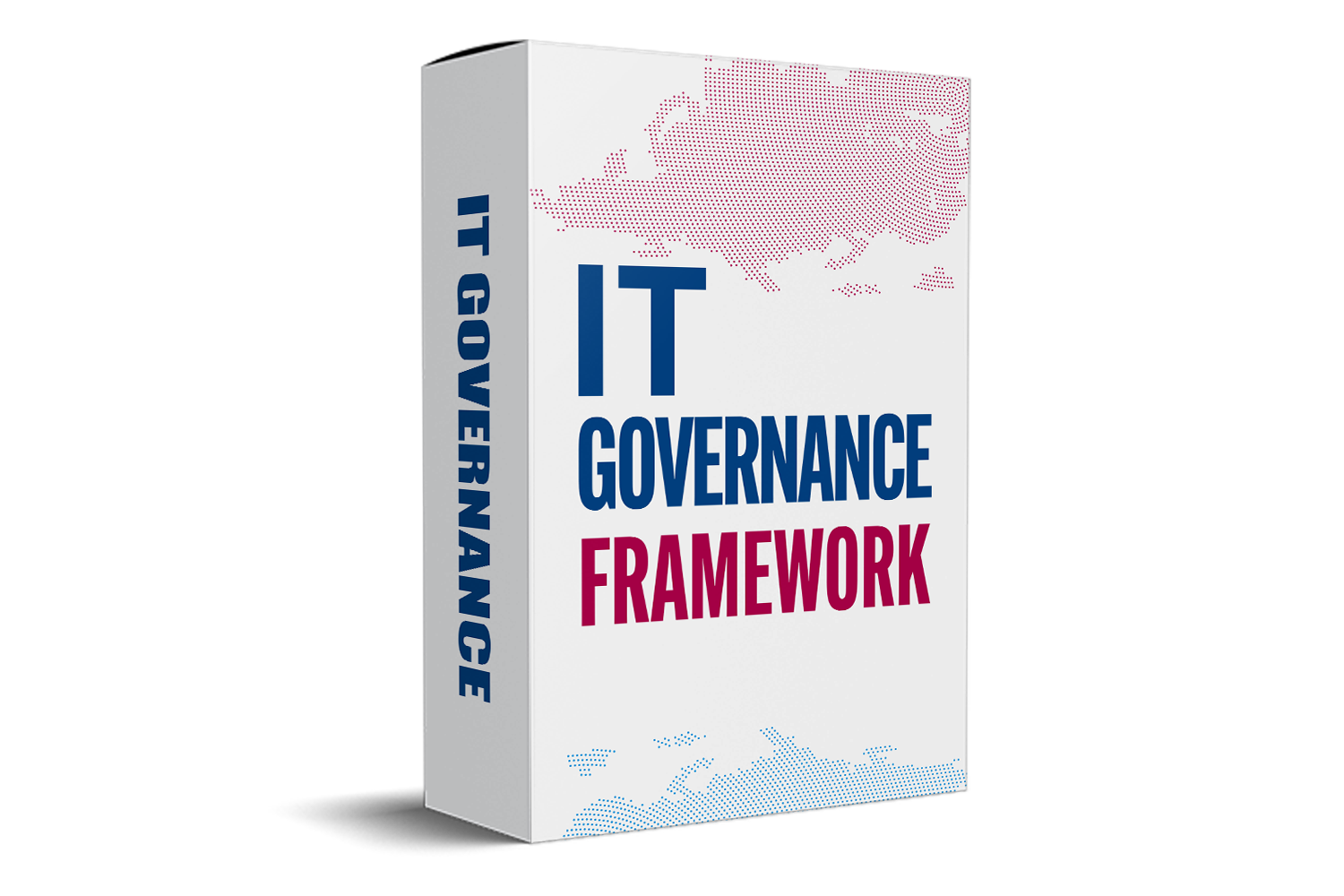Implementing 114 Critical Controls Of ISO 27001
Introduction
ISO 27001 is an international standard that specifies the requirements for an information security management system. It provides a systematic approach to managing sensitive company information so that it remains secure. Within ISO 27001, there are 114 controls that are divided into 14 categories, each designed to address different aspects of information security. These controls cover areas such as access control, cryptography, physical and environmental security, incident management, and compliance. Understanding and implementing these controls is essential for organizations looking to achieve and maintain ISO 27001 certification.

Understanding 114 Controls Of ISO 27001
The controls are divided into 14 sections, each addressing a specific aspect of information security. These include areas such as risk assessment, access control, cryptography, and incident management. By implementing these controls, organizations can significantly reduce the risk of data breaches and cyber-attacks. One of the key benefits of implementing the 114 controls of ISO 27001 is the establishment of a robust information security framework.
This allows organizations to identify and mitigate potential security risks, ensuring the confidentiality, integrity, and availability of their data. Compliance with ISO 27001 controls can enhance the organization's reputation and credibility, as it demonstrates a commitment to information security best practices. This can also lead to increased trust from customers, partners, and other stakeholders. Implementing these controls can be a complex and time-consuming process. It requires a thorough understanding of the standard, as well as the organization's specific information security requirements.
Organizations may need to seek external expertise to ensure the successful implementation of the controls. Understanding and implementing the 114 controls of ISO 27001 is essential for organizations looking to protect their information assets and comply with international standards. By taking the necessary steps to establish a robust information security management system, organizations can enhance their overall security posture and safeguard against potential threats.
Common Challenges In Implementing 114 Controls Of ISO 27001
1. Lack Of Resources: One of the most common challenges organizations face when implementing the 114 controls of ISO 27001 is a lack of resources. This can include a shortage of skilled cybersecurity professionals, a limited budget for implementing security measures, and inadequate tools and technologies to support compliance efforts. To overcome this challenge, organizations can consider outsourcing certain aspects of the implementation process, investing in training for existing staff, and prioritizing resources based on risk assessment.
2. Lack Of Awareness: Another common challenge is a lack of awareness among employees about the importance of information security and their role in ensuring compliance with ISO 27001 controls. This can result in non-compliance with security policies, lack of adherence to security best practices, and increased vulnerability to cyber threats. To address this challenge, organizations should invest in security awareness training programs, regular communication about the importance of information security, and incentives for employees to follow security protocols.
3. Complexity Of Controls: The 114 controls of ISO 27001 are comprehensive and cover a wide range of security domains, including access control, risk management, incident response, and business continuity planning. This complexity can make it challenging for organizations to fully understand and implement all controls effectively. To simplify the process, organizations can break down the controls into manageable chunks, prioritize controls based on risk assessment, and seek assistance from external consultants or auditors with expertise in ISO 27001 compliance.
4. Resistance To Change: Resistance to change is another common challenge that organizations may face when implementing the 114 controls of ISO 27001. This can come from employees who are comfortable with existing processes and reluctant to adopt new security measures, as well as from management who may be hesitant to invest in security initiatives. To address this challenge, organizations should involve all stakeholders in the implementation process, communicate the benefits of compliance in terms of improved security and reduced risk, and provide ongoing support and training to ensure buy-in from all levels of the organization.
Benefits Of Adhering To 114 Controls Of ISO 27001
1. Enhanced Data Protection: By adhering to the 114 controls of ISO 27001, organizations can ensure that their data is protected from unauthorized access, disclosure, alteration, and destruction. This can help prevent data breaches and safeguard sensitive information from falling into the wrong hands.
2. Increased Compliance: Following the ISO 27001 controls can help organizations demonstrate compliance with various regulatory requirements related to information security. This can be particularly important for businesses operating in highly regulated industries where data protection and privacy are major concerns.
3. Improved Risk Management: The controls outlined in ISO 27001 help organizations identify and address potential security risks in a systematic manner. By implementing these controls, businesses can better manage their risk exposure and protect themselves from potential threats.
4. Enhanced Customer Trust: Adhering to ISO 27001 controls can enhance customer trust and confidence in an organization's ability to protect its sensitive information. This can be particularly important for businesses that handle customer data and want to demonstrate their commitment to data security.
5. Competitive Advantage: In today's increasingly digital world, data security is a major concern for businesses and consumers alike. By adhering to ISO 27001 controls, organizations can differentiate themselves from competitors and position themselves as leaders in information security.
6. Cost Savings: Implementing the 114 controls of ISO 27001 may require an initial investment of time and resources, but the long-term benefits can lead to cost savings. By preventing data breaches and other security incidents, organizations can avoid costly fines, lawsuits, and reputational damage.
Conclusion
In summary, the 114 controls of ISO 27001 provide a comprehensive framework for organizations to establish and maintain an effective information security management system. These controls cover a wide range of areas, including risk assessment, access control, and incident management. By implementing these controls, organizations can ensure the confidentiality, integrity, and availability of their information assets. For a detailed list of the 114 controls of ISO 27001, please refer to the official ISO documentation.



